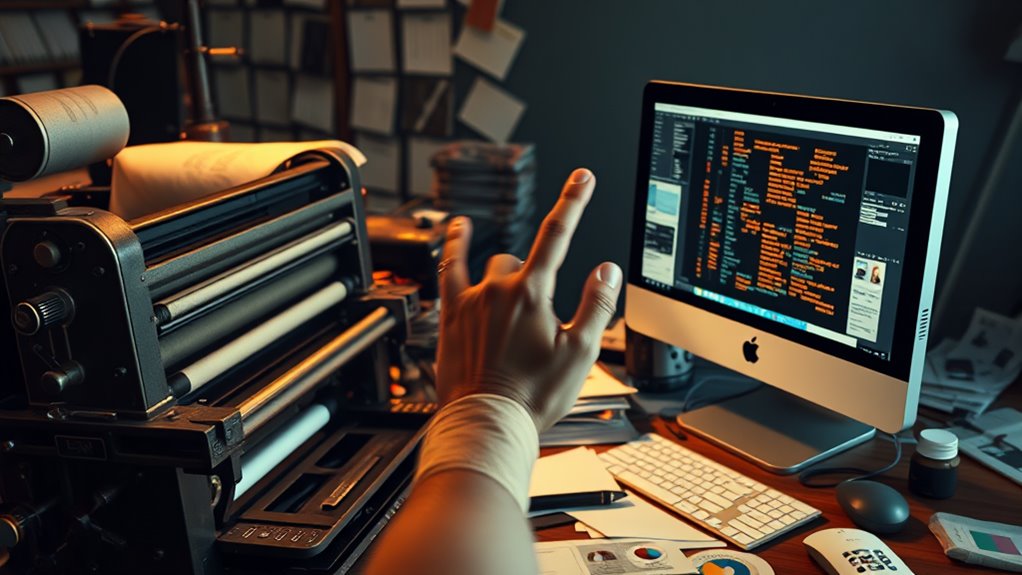Smooth Relocations: Expert Moving Services with Takoma DC Movers and Hutto Movers

When planning a move in the Washington, D.C. area, learn more at Takoma DC Movers website is a name that homeowners and businesses trust. Moving in the D.C. metro area comes with unique challenges: narrow streets, historic homes, busy traffic, and parking restrictions. Takoma DC Movers specializes in navigating these complexities, providing personalized moving solutions that include packing, loading, and transportation services. Their experience ensures that both small and large moves are executed safely, efficiently, and on time, giving clients peace of mind during what can otherwise be a stressful process.
For those relocating to or within Hutto, Texas, according to Hutto Movers offers reliable moving solutions tailored to local and long-distance moves. The company understands the specific needs of Hutto residents, from suburban homes to larger properties, and provides services that cover every aspect of the move. Whether it’s packing, handling fragile items, or coordinating delivery schedules, Hutto Movers ensures a smooth transition for families and businesses alike. By choosing experienced, local movers, clients can focus on settling into their new space rather than worrying about logistics.
Why Professional Movers Make a Difference
Hiring professional movers goes beyond simply transporting your belongings. It ensures that your items are packed correctly, transported safely, and delivered without damage. Experienced movers have the right equipment, vehicles, and techniques to handle fragile and heavy items while minimizing risk. Additionally, professional movers offer insurance options, giving you added protection and peace of mind.
The U.S. Federal Motor Carrier Safety Administration (FMCSA) provides guidance on safe moving practices, including verifying a mover’s licensing, checking insurance coverage, and understanding contracts and estimates. (FMCSA Tips for a Successful Move) Consulting these resources helps you choose a trustworthy, regulated moving company and avoid potential scams or unlicensed operators.
Planning Your Move
Planning ahead is key to a successful move. Here are several steps to consider when organizing your relocation:
Book Early: Schedule your movers in advance, especially during peak moving seasons.
Inventory Your Items: Make a list of your belongings and take photos of valuable or fragile items.
Declutter: Reduce the number of items to move by donating, selling, or discarding things you no longer need.
Pack Efficiently: Use quality packing materials and label boxes clearly.
Communicate with Movers: Discuss any special requirements, such as stairs, elevators, or limited access areas.
Prepare Your Vehicle and Home: Ensure driveways, elevators, or parking areas are accessible for moving trucks.
Both Takoma DC Movers and Hutto Movers work closely with clients to ensure these steps are completed smoothly, reducing stress and avoiding last-minute issues.
Coordinating Long-Distance and Local Moves
Many relocations involve a combination of long-distance and local elements. For example, you might be moving from the D.C. metro area to Hutto, Texas, or vice versa. Coordinating these moves with experienced teams ensures that your household items are packed, transported, and delivered seamlessly. Using Takoma DC Movers and Hutto Movers for the Texas portion allows you to rely on local experts familiar with each region, minimizing stress and ensuring a smooth transition.
Tips for a Stress-Free Relocation
Communicate Clearly: Keep lines of communication open with your moving teams.
Schedule Properly: Coordinate timing to avoid delays and reduce storage needs.
Protect Valuables: Use proper packing materials and insurance for high-value items.
Stay Organized: Maintain a checklist of tasks, inventory, and contact information for movers.
Follow Regulations: Ensure all permits, building rules, and local requirements are met to avoid fines or delays.
By combining professional movers with careful planning, you ensure your relocation is handled efficiently, safely, and with minimal stress.
Final Thoughts
Moving can be a challenging process, but with the right partners, it becomes manageable and even rewarding. Takoma DC Movers and Hutto Movers provide reliable, professional moving services tailored to their respective regions. Their expertise in packing, transportation, and local logistics ensures your belongings arrive safely, whether your move is across the street or across the state.
Taking time to verify credentials, plan ahead, and work with experienced local movers makes all the difference. By partnering with Takoma DC Movers and Hutto Movers for moves in Texas, you gain peace of mind and a smoother relocation experience. With professional support, clear communication, and careful preparation, your move can be a seamless step into your new home, free from unnecessary stress.





